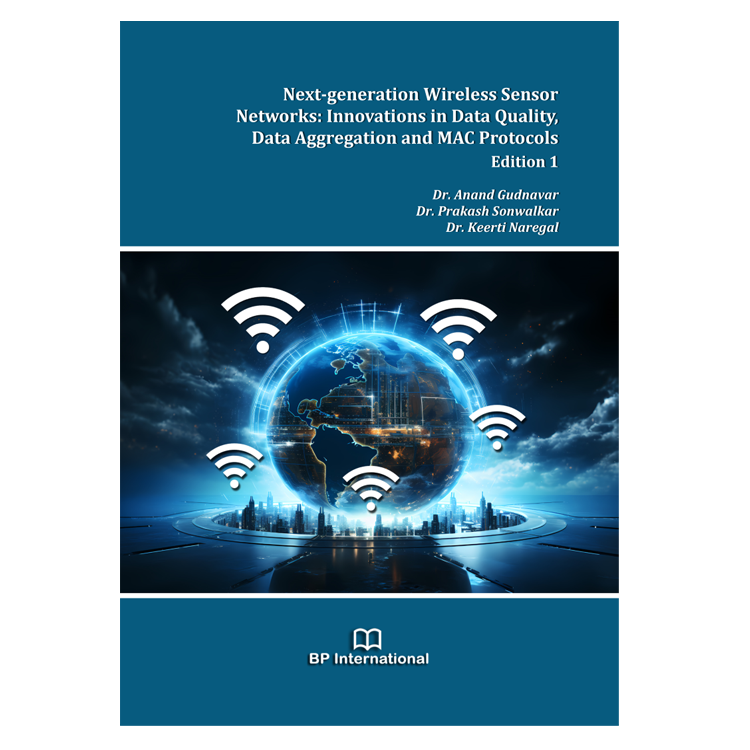The advent of advanced technology has significantly propelled the development and optimization of sensor nodes, culminating in the sophisticated design of Wireless Sensor Networks (WSNs). These sensor nodes, characterized by their low power consumption, cost-effectiveness, and multifunctional capabilities, have revolutionized the way we approach data sensing, processing, and communication. This book delves into the intricate workings of WSNs, exploring their potential and the challenges they face in contemporary applications.
Our journey into the realm of WSNs began with a fascination for how tiny sensor-motes, equipped with advanced sensing and communication technologies, could collectively monitor and relay critical data over short distances. This collaborative network of nodes, working in tandem to sense, process, and transmit data, presents a unique paradigm that distinguishes WSNs from traditional ad-hoc networks. The ability of these networks to self-organize and adapt to varying environments without the need for fixed infrastructure intrigued me and spurred my research.
Throughout this book, we explore the fundamental aspects of WSN technology, emphasizing the importance of efficient data aggregation and medium access control (MAC) schemes. We address the core challenges associated with WSNs, such as scalability, power management, self-organization, and data quality, while also presenting innovative solutions to enhance network performance and reliability.
One of the pivotal contributions of this work is the introduction of a novel framework aimed at improving data quality during the aggregation process. By employing a simple yet effective clustering algorithm that selects clusterheads based on data correlation factors, we demonstrate how this approach can significantly reduce routing time and enhance data integrity. Additionally, the book introduces the Improved Funneling MAC (IF-MAC) technique, a hybrid MAC scheme designed to mitigate congestion around the sink node, thereby improving network reliability and reducing packet delays.
The insights presented in this book are backed by rigorous MATLAB simulations, comparing our proposed methods with existing techniques to highlight their superior performance. The results unequivocally show that our approaches contribute to enhanced data quality and network efficiency, particularly in high-traffic scenarios.
As we look to the future, this book outlines several avenues for further research, including the integration of security mechanisms, extending choke points in IF-MAC, ensuring interoperability among diverse sensor nodes, and exploring the synergy between WSNs and the Internet of Things (IoT). These directions underscore the dynamic and evolving nature of WSN technology, paving the way for innovative applications and solutions.
We hope this book serves as a valuable resource for researchers, practitioners, and enthusiasts in the field of wireless sensor networks. It encapsulates the challenges, solutions, and future directions in this exciting domain, offering a comprehensive guide to understanding and advancing WSN technology.





